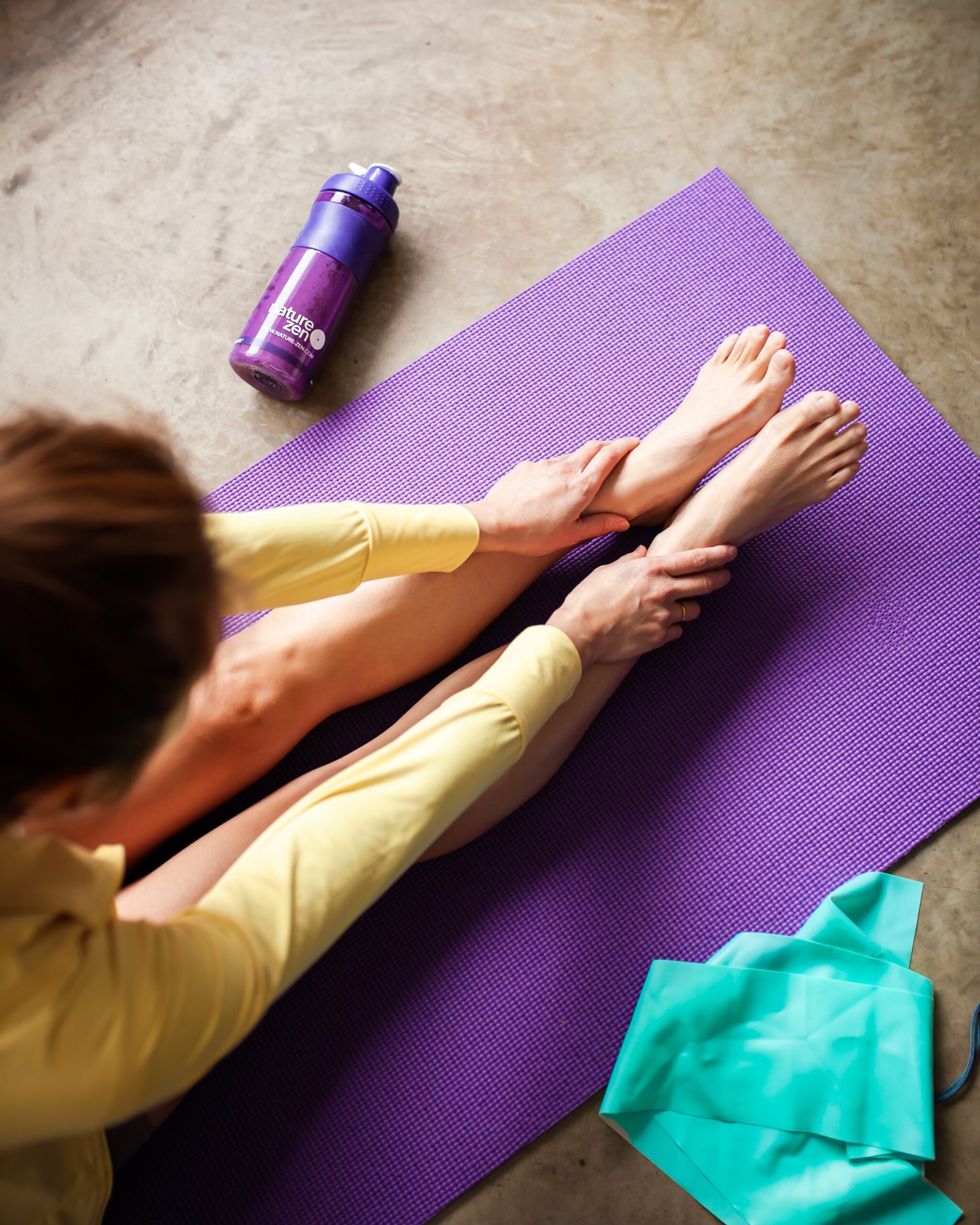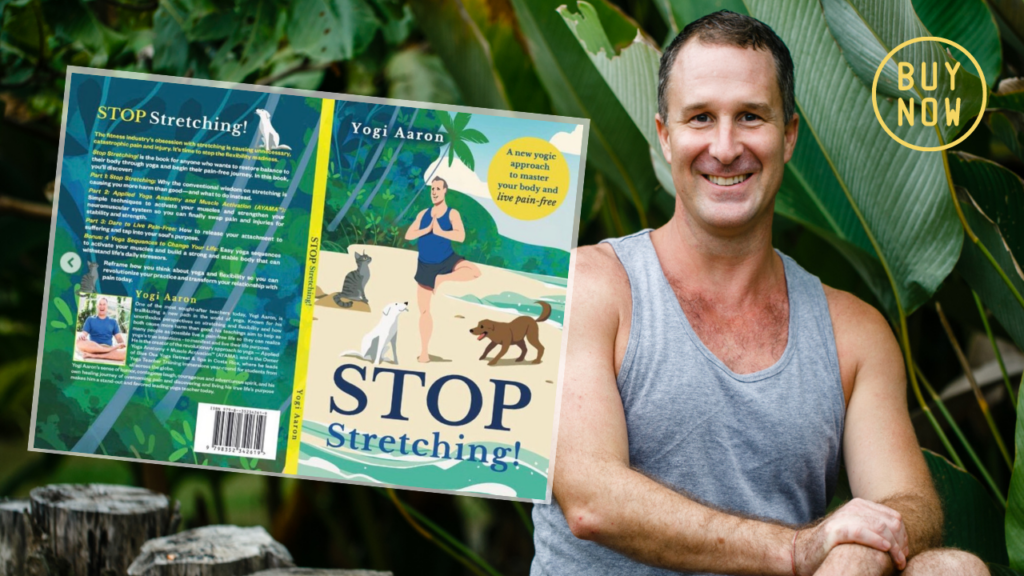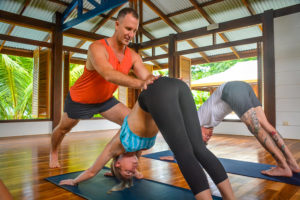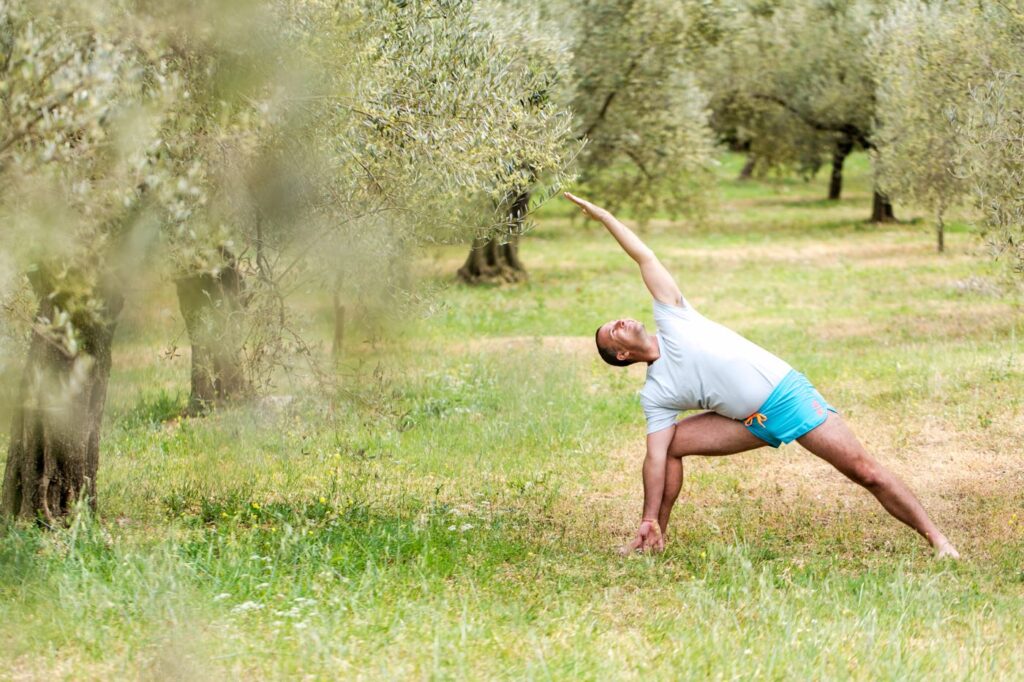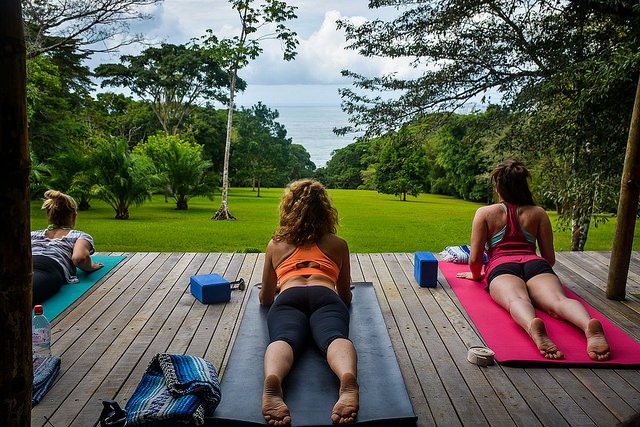“Why are my muscles so tight even when I stretch daily?”
It’s a question I regularly hear from my students. I understand the frustration. From a young age, we hear that tightness is bad, flexibility is good, and stretching is how we improve our range of motion.
There’s just one problem…
If you’re dealing with tight muscles, passive stretching is one of the worst things you can do!
That’s because stretching causes muscle weakness and a body-mind disconnect that, over time, worsens alignment, stability, and health — and doesn’t solve the actual cause of tight muscles.
So, why do your muscles tighten up, and what is the solution to tight muscles if stretching isn’t the answer?
To understand what causes tight muscles, we must first recognize the relationship between the muscles and the brain. Let’s begin here.
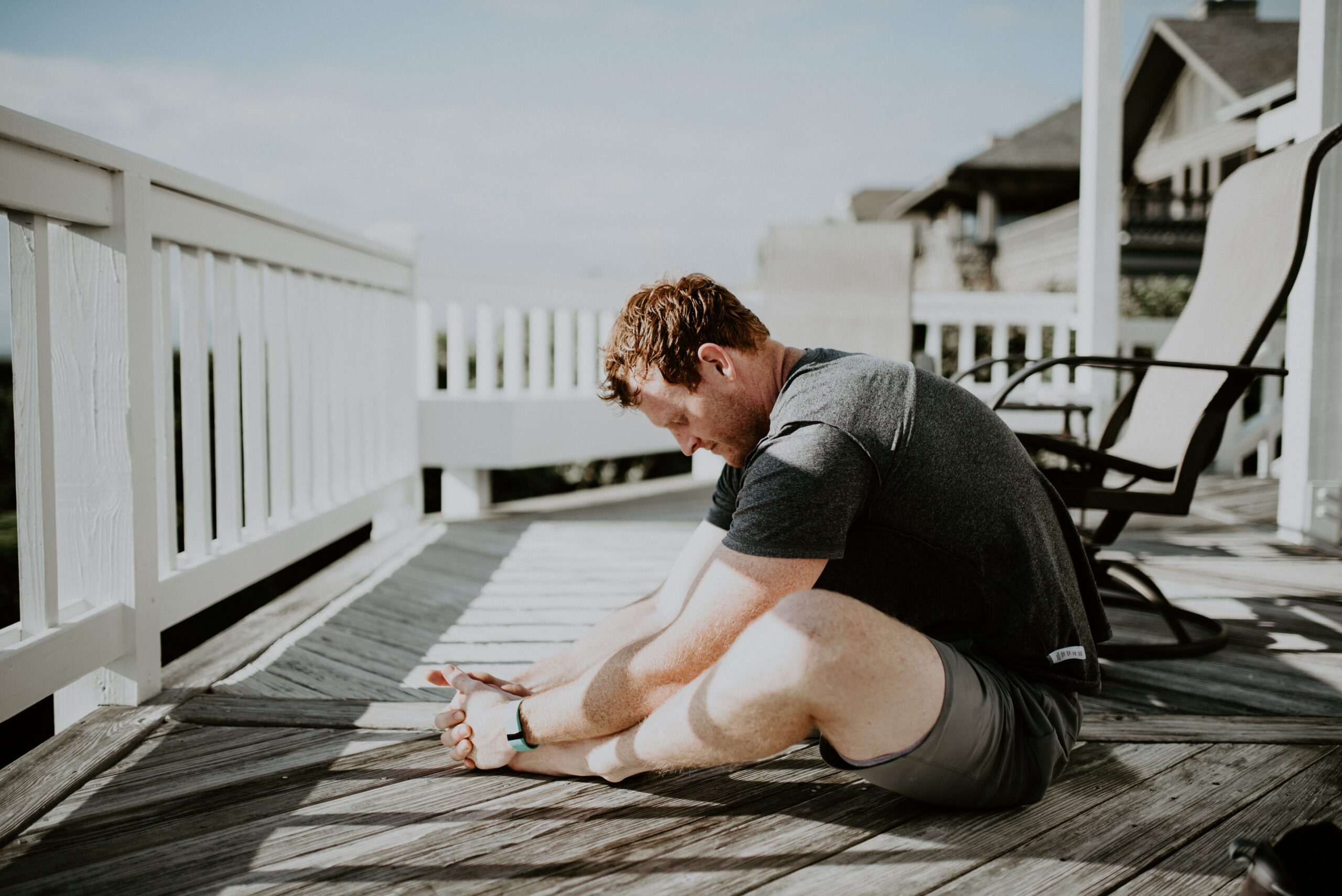
“Stretching causes muscle weakness and a body-mind disconnect that, over time, worsens alignment, stability, and health — and doesn’t solve the actual cause of tight muscles.”
Why are my muscles so tight?
Take a sec to imagine a landline phone, the universal mode of communication, before everyone carried a smartphone in their back pocket.
Do you recall what would happen if this phone line was damaged or cut? Communication was disrupted. You could pick up the phone and dial your neighbor’s house all day, but no one would receive your calls until a technician repaired the line.
A similar scenario occurs in the body. Your neuromuscular connection is like a phone line between your brain and your muscles.
Your brain must be able to ring your muscles to tell them to contract, and your muscles must be able to respond to your brain.
There’s just one thing…
Most of us have a damaged neuromuscular connection due to stress, trauma, and overuse in the body. Our brains try to call specific muscles but can’t get through because the phone line is down.
What happens when communication breaks down and muscles can’t contract on demand?
Other muscles begin to compensate. But your lower back can’t efficiently do the work of your gluteal muscles, nor can your hip flexors serve as a substitute for your core.
If these muscles try to do so, they will slowly break down, and your muscles will tighten.
When we reestablish communication pathways between the muscles and the brain, we begin to restore muscle contractile capabilities. In turn, we improve and resolve muscle tightness and eliminate muscle pains for good.

What causes chronic muscle tightness? A protective mechanism in the body.
As you now know, muscle tightness signals decreased sensory input from the brain — that our phone line is down, so to speak.
Muscle tightness has nothing to do with flexibility. I mentioned that one of the worst things you can do when you feel stiffness is to stretch out tight muscles. Let me explain further…
When the body senses instability, it stiffens. Think about it: What happens when you walk across a slippery surface like ice? Your body immediately tenses up. It’s a natural defense mechanism.
Tight muscles are your body’s way of trying to protect your body from pain and injury. When we stretch, we violate that protective mechanism.
Let’s take an example. Say you have trouble touching your toes. Walk into any yoga class, and the instructor will probably tell you to “stretch out your tight hamstrings.” There was a time not long ago when I might have advised the same.
Now, I know better. Here’s what’s really going on in the body:
Tight hamstrings indicate that the opposite (or reciprocal) muscle isn’t contracting properly.
When muscles aren’t working correctly, the brain sends an alert that says, “Contract, contract, contract!” In response, the hamstrings tighten.
When we stretch the hamstrings, we violate the body’s attempt to protect us — we further disrupt the neuromuscular connection, and injury and pain inevitably ensue.
So, next time you ask, Why are my muscles so tight? remember this:
Muscle stiffness is a sign of muscle weakness and instability; it signals that the opposite muscles are not contracting on demand.
Rather than stretching tight muscles, we must reestablish the neuromuscular connection to activate dormant muscles and address the root cause of the muscle tightness.

What does muscle tightness indicate?
You now know that passive stretching causes more harm than good. And yet, maybe you’re still wondering, stretching aside, “Why do my muscles feel tight?”
In other words, are there other reasons our muscles lose the ability to contract on demand, and we experience tight muscles? The short answer is yes.
Stress of any kind (both physiological and psychological) creates inflammation in the body and damages the neuromuscular connection. Muscles can lose their ability to contract due to common causes of muscle stress like:
- Vitamin and mineral deficiencies tax the health of the nerves.
- Dehydration inhibits the nervous system’s communication with the body.
- Overuse and repetitive stress on specific muscle groups.
- Trauma and past accidents continue to manifest as muscle weakness.
To treat muscle tension, we must build stability in the muscular system so we can better handle life’s stresses. Let’s take a closer look at how to do precisely that.

How do you get rid of tight muscles?
It’s time for a paradigm shift in how we look at tightness in the body — to rethink our understanding of how the body functions so we can live the mobile, healthy, pain-free lives we desire.
That’s exactly why I created Applied Yoga Anatomy and Muscle Activation (AYAMA™).
It’s a radical new way to practice yoga that focuses on activating and engaging the muscles — without stretching them out — and reduces muscle stiffness and tightness.
You don’t have to be a yogi or physical therapist to practice AYAMA.
Anyone who wants to reduce muscle tightness and increase range of motion, muscle strength, and stability will benefit from AYAMA. Here’s how it works:
1. Isolate the muscle you wish to activate.
2. Isometrically contract (shorten) the muscle.
3. Hold the contraction for six seconds.
4. Repeat this isometric contraction a total of six times.
I’ve used this proven system to help hundreds of people reduce tight muscles and overcome chronic pain. Each and every time, my students are shocked to leave a 90-minute session feeling stronger, more mobile, and most importantly, pain-free.
Now, I believe everyone should have the tools and knowledge they need to live a healthy and injury-free life.
That’s my mission behind my new book: Stop Stretching! A new yogic approach to master your body and live pain-free.
Stop Stretching! is the book for anyone who wants to restore balance to their body through yoga and begin their pain-free journey.
If you’re ready to learn simple techniques to activate your muscles while safely addressing the root cause behind tight muscles, get your copy here.
Eliminate tight muscles and live pain-free
Let’s quickly recap why do muscles get tight:
When muscles are pushed beyond their end range of motion, the neuromuscular connection is disrupted, and the strained muscles can no longer contract on demand.
When muscles aren’t working correctly, the brain sends out an alert to opposing muscles to contract. In other words, tight muscles are your body’s way of protecting you from pain and injury.
Focus on activating and engaging your muscles (never stretching them out). Do that, and you’ll soon swap tight muscles for an improved range of motion, strength, and stability.
Now…
Are you ready to take the first step toward lasting healing and physical well-being? To embark on a life-changing experience in an exotic paradise?
About Yogi Aaron
Yogi Aaron is the owner, operator, and lead yoga facilitator at Blue Osa and of the yoga teacher trainings.
Creator of Applied Yoga Anatomy + Muscle Activation™ Yogi Aaron brings three decades’ worth of study, mentorship, and experience into his teachings, with a strong emphasis on yoga therapy and alignment.
The Muscle Activation Yoga Classes is an exploration into your body, its muscles, and to learn how to improve its function through using Applied Yoga Anatomy + Muscle Activation™.
Find out more about yoga teacher trainings with Yogi Aaron at Blue Osa Yoga Retreat + Spa.


